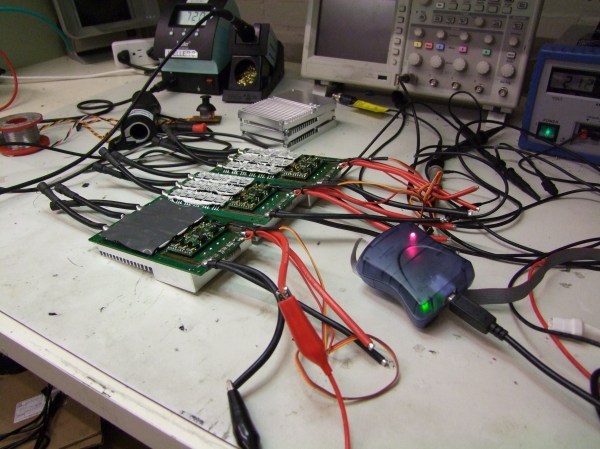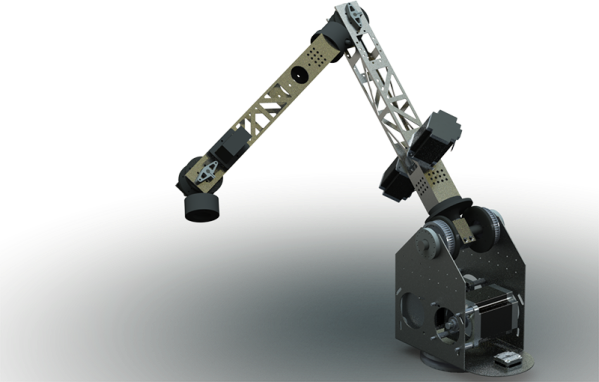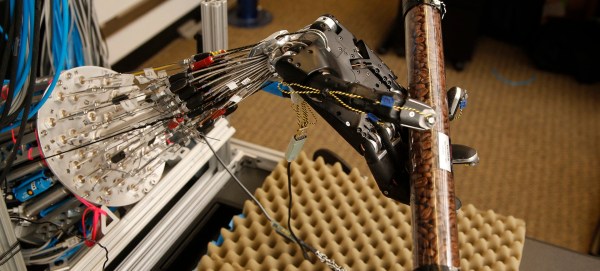This is what happens when you give Norwegian engineering students half a year to develop an ROV for their class.
The team utilized 3D printing to design and print their own thruster propellers and ducts for the ROV. It’s powered by HobbyKing motors with VESC speed controllers. This allows them to get from 0.6 to 30N of thrust from each propeller at 12V. Because of this accuracy they’re able to use a PID system to do automatic pitch, roll and depth control!
The electronics are housed in a 200mm acrylic tube (15mm wall thickness) with aluminum end caps and o-rings — an exact pressure rating is not given, but the team could flood the chamber with non-conductive oil to increase that even more — they just don’t need to for tests in a swimming pool. The undersea wire connectors they use (Subconn) are rated for 700 and 600 bar!
Continue reading “Subsea ROV Has 6 Degrees Of Freedom + Autopilot”

















